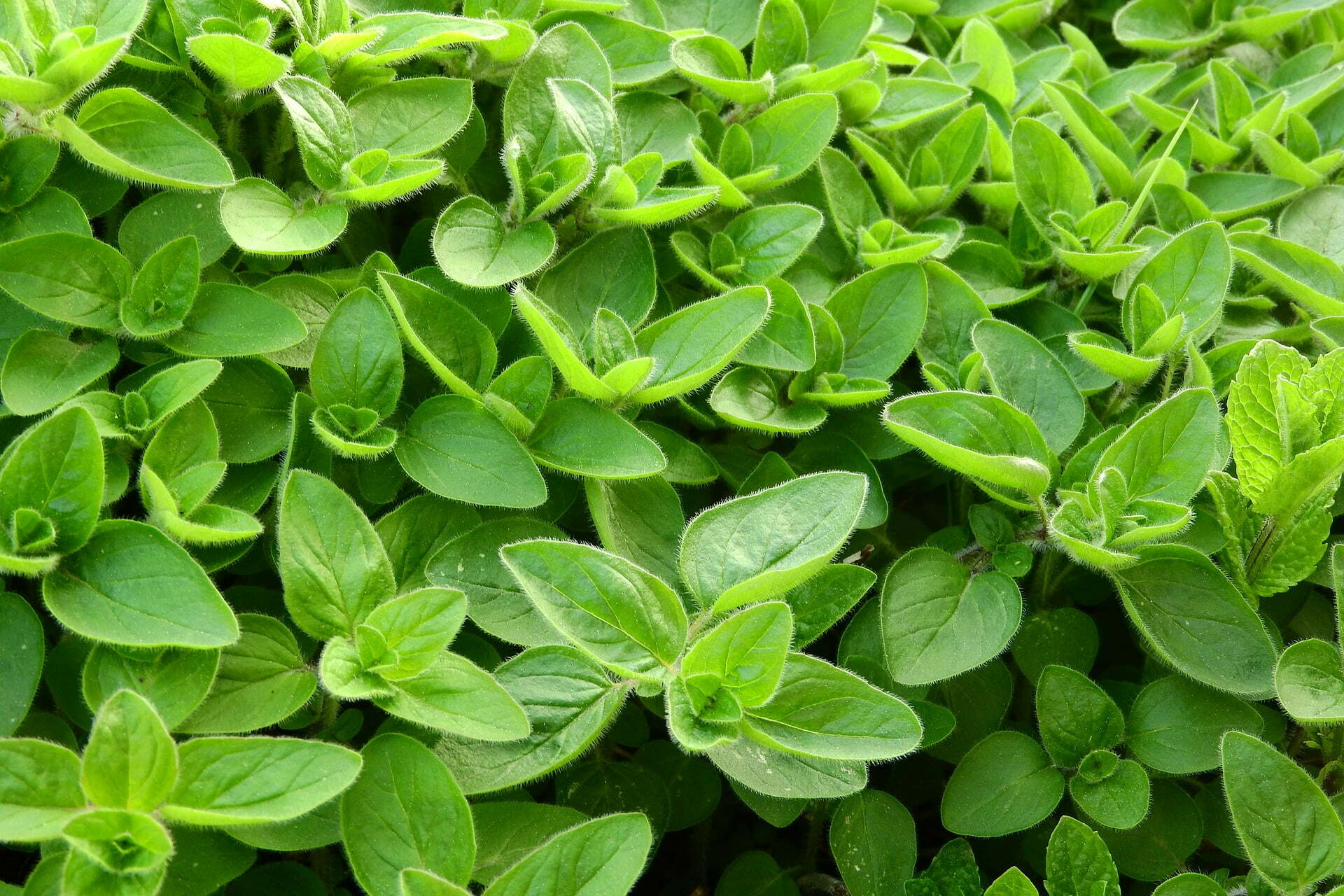
Marjoram
In the grand symphony of Italian herbs, where basil sings its bold melody and oregano brings its rustic depth, Marjoram plays a softer, more intricate note. This delicate, slightly sweet herb may not always be the star of the show, but its warm, floral aroma lingers in the background, making dishes all the more enchanting.
A Noble Heritage
Marjoram (Origanum majorana) is no stranger to Italy’s culinary history. The ancient Romans, believing it to be a gift from Venus herself, used it in love potions and perfumes. In the Middle Ages, it was sprinkled into food not just for flavour but for its supposed ability to bring happiness and good health. Today, it remains a quiet yet essential companion in many regional Italian dishes, particularly in the warm, sun-kissed kitchens of Liguria and Sicily.
A Whisper of Flavour
Unlike its close relative oregano, this has a milder, more nuanced taste—think of it as oregano’s refined cousin, the one who enjoys poetry and fine wine. It lends itself beautifully to vegetable dishes, light meats, and delicate sauces. In a classic minestrone, a pinch of marjoram adds a whisper of sweetness that balances the heartiness of beans and tomatoes. It is also a favourite in focaccia ligure, where its gentle herbal notes mingle with olive oil and sea salt to create a simple yet divine experience.
From the Garden to the Table
This herb is a rare find outside of dedicated herb gardens, but it thrives in Mediterranean climates. In Italian kitchens, it is often used dried, its flavour concentrating into an almost citrusy perfume that pairs beautifully with roasted vegetables, seafood, and even a light dusting over freshly made ricotta. For those who love experimenting, an infused olive oil can transform a simple plate of grilled courgettes into a fragrant delight.
The Herbal Secret
Marjoram is more than just a flavour enhancer—it’s also a quiet healer. Traditionally, it has been brewed into teas to soothe digestion and calm the nerves, making it the perfect after-dinner companion. Some Italians even use it in homemade herbal liqueurs, capturing its gentle essence in a sip of golden warmth.
So, next time you reach for oregano, pause for a moment. Perhaps, instead, let marjoram take centre stage. A small sprig, a light touch, and suddenly, your dish is not just food—it’s a story of tradition, elegance, and the simple beauty of Italian cooking.
